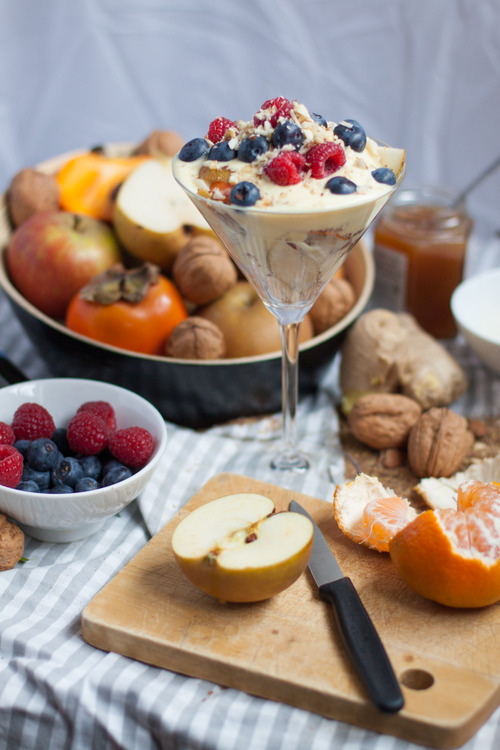Clare's Budwig Muesli
 Thursday, December 29, 2016 at 8:12PM
Thursday, December 29, 2016 at 8:12PM 
Feeling a bit bloated after Christmas? Aiming for a fresh, healthy start in 2017? This recipe from Clare Skelton, trader at Borough Market and owner of Flax Farm, is a great breakfast and doubles as a nutritious dessert, bonus! This recipe first appeared on the Borough Market website as part of my series, I Am What I Eat, where I interview Borough Market traders about the foods that are important to them and why.
"This is one of my favourite healthy foods,” says Clare. “It’s sort of a little treat, but also the basis of the Budwig diet”—a diet used by some people as a form of alternative therapy for a number of conditions. This recipe makes enough for one for breakfast, but it’s also a great dessert.
“It’s uber-healthy but I’ve done it at dinner parties and everybody loves it.” She likens it to eton mess pudding, “but less sweet and with much more flavour”. The recipe is very flexible—you can add whatever spices and natural flavours you like. If you are making it as a dessert, Clare also recommends a bit of kirsch, rum or juices for extra flavour.
 Vix |
Vix |  3 Comments |
3 Comments | 